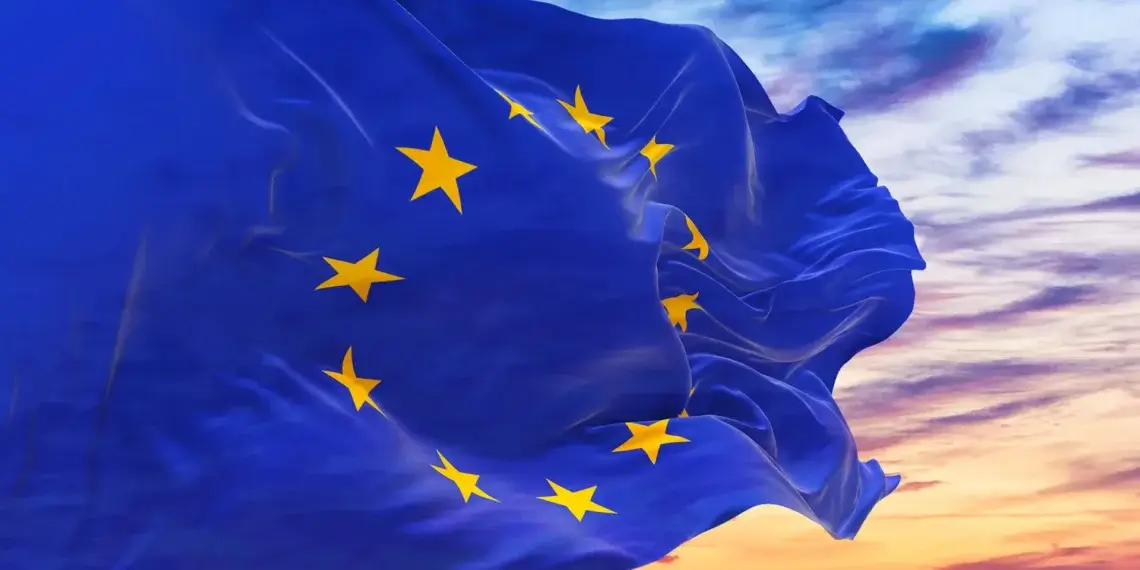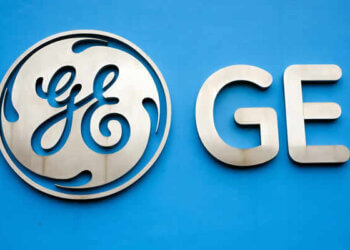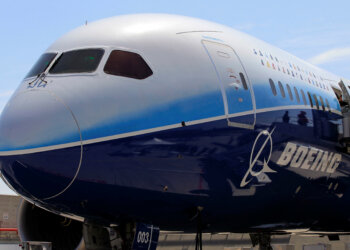The United States and European Union established a trade agreement which imposed a 15% tariff on most EU exports to the United States while preventing a complete transatlantic trade conflict. The agreement between President Donald Trump and European Commission President Ursula von der Leyen in Scotland established a 15% tariff system that reduced previous trade duty threats.
Trump commended the agreement through his announcement of EU plans to spend $600 billion in the United States and acquire $750 billion worth of American energy and defense products. The agreement established a stabilizing force between two major global economic powers according to Von der Leyen.
EU lawmakers expressed dissatisfaction with the 15% tariff rate because they had demanded a zero-tariff agreement. The agreement maintains higher tariffs for steel and aluminum products but provides exemptions for aircraft and semiconductor equipment and select chemicals.
The agreement provides European exporters including Airbus and Mercedes-Benz and Novo Nordisk with relief through its high-level framework which enables different interpretations. A U.S. official stated that the tariff could increase if EU investment commitments fail to materialize.
The euro experienced a small increase in value after the announcement because investors welcomed the reduced trade tensions. The remaining disputes will need additional talks to achieve resolution.










